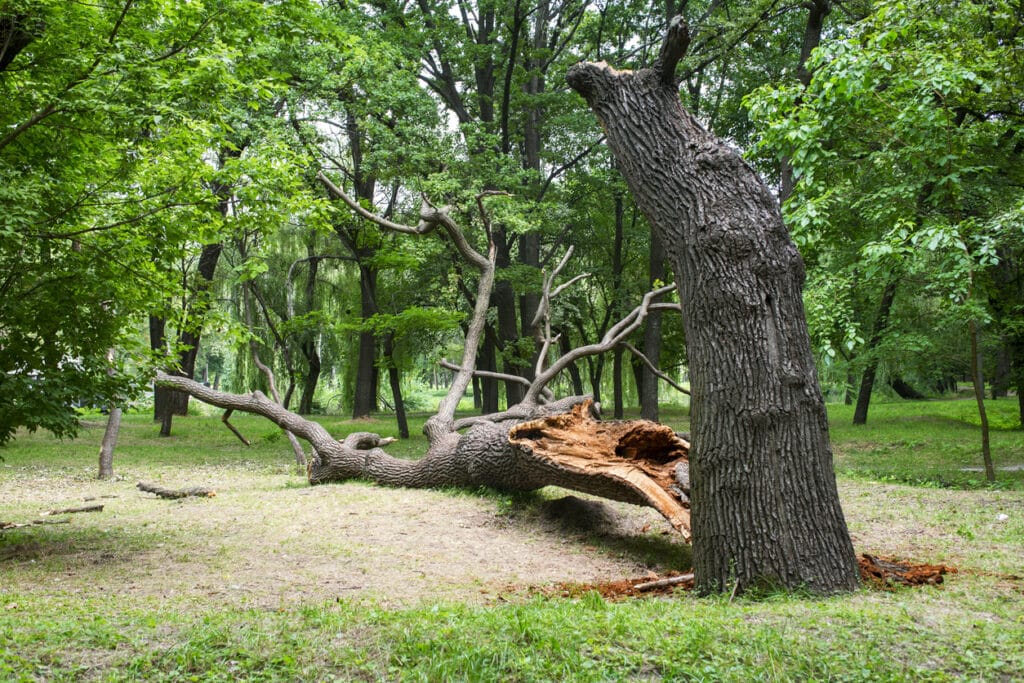Natural disasters, like storms, can cause extensive damage to communities, leaving behind a trail of destruction. One crucial aspect of recovery is storm cleanup, which involves the removal of debris, fallen trees, and other hazards from the affected areas. Various types of equipment are employed to carry out these tasks efficiently, each serving a specific purpose in the cleanup process.
1. Chainsaws and Wood Chippers
Chainsaws are essential in storm cleanup as they enable workers to safely and efficiently cut through fallen trees and branches. These powerful machines come in various sizes, suitable for different tree diameters. Additionally, wood chippers are employed to process the cut branches and trunks into manageable pieces.
2. Heavy Machinery
For larger debris and obstacles, heavy machinery plays a vital role. Bulldozers, excavators, and front-end loaders move and clear substantial debris, making way for emergency vehicles and restoration efforts. These machines are especially effective when removing debris from roads, bridges, and other infrastructure that may have been compromised during the storm.
3. Cranes
In situations where debris is challenging to access due to its location or size, cranes are employed. Cranes provide the necessary reach and lifting capacity to extract debris from hard-to-reach areas, facilitating efficient cleanup and restoration.
4. Dump Trucks and Hauling Equipment
The collected debris needs to be transported to designated disposal sites. Dump trucks and hauling equipment load and transport debris to appropriate locations such as landfills or recycling centers. These vehicles are designed to handle various types of rubbish and debris, from organic matter to construction materials, ensuring proper disposal and minimizing environmental impact.
5. Safety Equipment
Storm cleanup projects inherently involve hazardous conditions. Personal protective equipment (PPE) is crucial for workers’ safety in cleanup efforts. This equipment includes hard hats, gloves, high-visibility clothing, steel-toed boots, and respiratory protection. Safety gear protects workers from physical hazards and ensures their well-being in potentially toxic or contaminated environments.
6. Generators and Power Equipment
Storms often result in power outages, hindering cleanup efforts and disrupting communities. Generators and power equipment provide temporary power supply to essential equipment, lighting, and communication systems. These devices enable workers to operate machinery and tools, maintain communication, and ensure the safety of the cleanup operation, even in the absence of regular power sources.
7. Emergency Response Vehicles
Emergency response vehicles are critical for assessing damage, conducting search and rescue operations, and providing medical assistance after a storm. These vehicles include ambulances, fire trucks, and mobile command centers. They ensure a coordinated and efficient response to the disaster, enabling cleanup efforts to commence promptly.
In conclusion, the cleanup process following a storm involves diverse equipment that serves specific functions to restore affected areas to normalcy. Through the combined efforts of skilled professionals and specialized equipment, communities can recover more swiftly from the devastating impacts of storms. Contact Charleston Stump Stompers for storm cleanup services in Charleston, SC.

